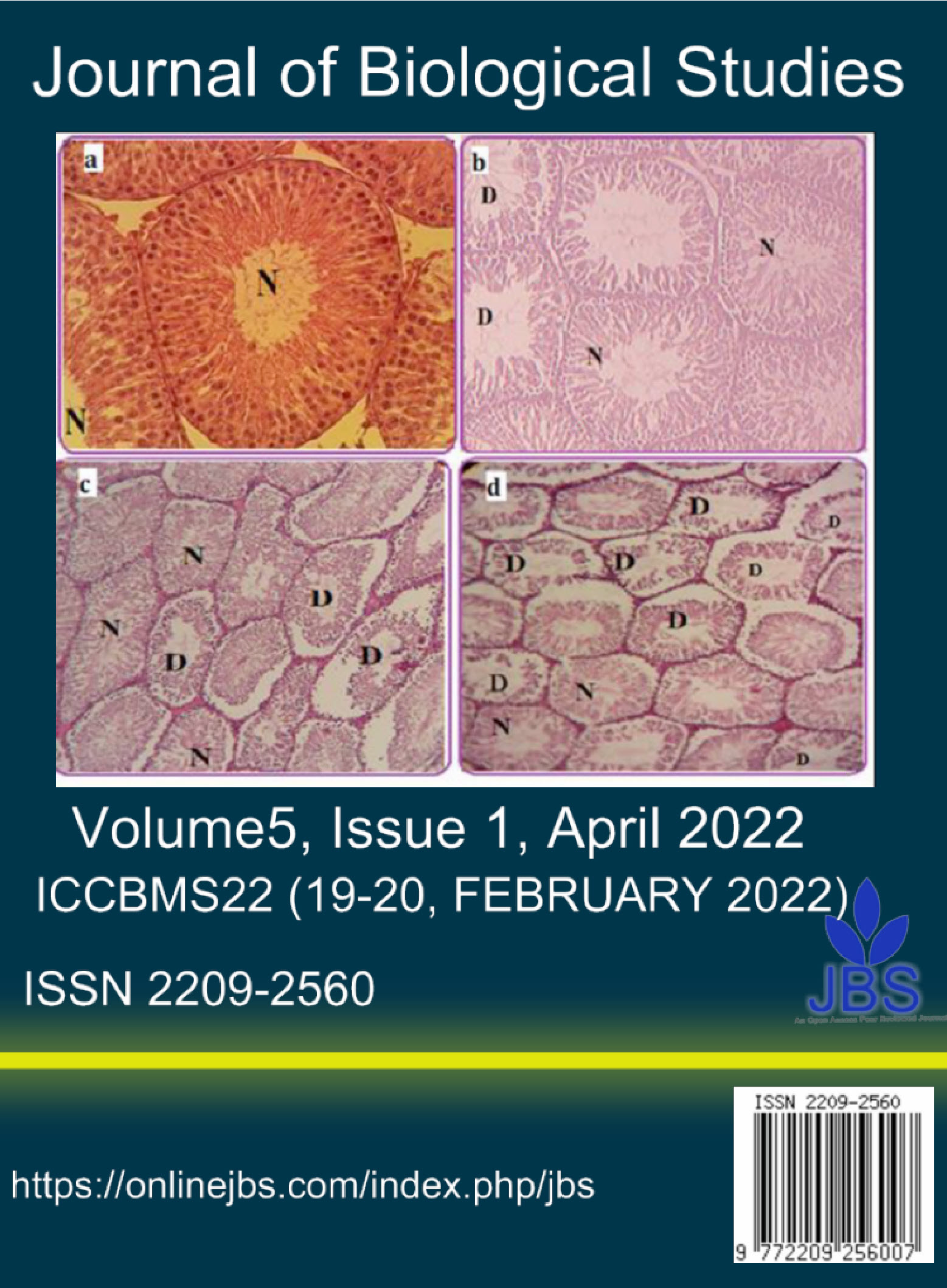Efficacy of 10% Calendula officinalis extract gel for oral wound healing in rats
Main Article Content
Abstract
This study assessed the efficacy of 10% Calendula officinalis (C. officinalis) extract gel for oral wound healing in rats. Thirty-two male Wistar rats were randomized into test and control groups (n=16). The rats were anesthetized to create a wound in their buccal mucosa by a #3 puncher. Next, 10% C. officinalis gel and a placebo gel were applied over the wounds in the test and control groups, respectively. Each group was randomly divided into two subgroups for assessment at 7 and 14 days (duration of treatment). At each time point, a biopsy sample was obtained from the wound and type of inflammatory cells, severity of inflammation, type of connective tissue, and percentage of wound contraction were assessed by a pathologist. Data were analyzed by univariate ANOVA and Chi-square test. The mean percentage of wound contraction was 28.28% and 62.58% in the test and -15.98% and 7.08% in the control group at 7 and 14 days, respectively, indicating significantly greater wound contraction in the test group at both time points (p<0.001). The type of connective tissue was significantly different between the two groups at 14 days (p<0.05). The number of giant cells was significantly higher in the test group than the control group at 7 days (p<0.05). No other significant differences were noted. Application of 10% C. officinalis gel improved wound contraction and enhanced healing but had no significant effect on the severity of inflammation in traumatic oral ulcers in rats.
Article Details

This work is licensed under a Creative Commons Attribution 4.0 International License.
